Have you ever watched a cat lounge in a sunbeam and wondered if they understand something about emotional balance that the rest of us don’t? There’s something almost magical about the way cats glide through life—composed, mysterious, and seemingly unbothered by chaos around them. While dogs shower us with unfiltered energy and affection, cats have mastered a quieter, more streamlined approach to emotions. For cat lovers, it’s a delight to witness their pets’ remarkable poise and subtle emotional cues. What if cats are actually the true emotional experts of the animal kingdom? Let’s dive into twenty captivating reasons that reveal why cats just might be more emotionally efficient than dogs.
Self-Regulation Is Their Superpower

Cats possess an uncanny ability to manage their own emotional states. When overwhelmed, a cat will simply retreat to a quiet spot rather than acting out or becoming destructive. This self-regulation allows them to process their feelings privately, which is a skill many humans envy. Dogs, on the other hand, often display their emotions openly and can become anxious if not given immediate attention or comfort. The calm detachment of cats shows a level of emotional intelligence that favors efficiency over drama. By keeping their own emotions in check, cats avoid unnecessary conflict and stress. This ability means your home stays calmer and you rarely see a cat “lose its cool.” Simply put, cats know exactly when to engage and when to step back.
Minimal Drama in Daily Life

A cat’s emotional world is rarely chaotic. Unlike dogs, who may bark, whine, or jump with every shift in mood or environment, cats respond to change with quiet observation. They rarely overreact, choosing instead to assess situations before making a move. This measured response keeps emotional energy from being wasted on things that don’t matter. When faced with a new visitor or a loud sound, a cat will likely pause and evaluate, while a dog might spiral into excitement or fear. Cats’ steady temperament means they don’t amplify household stress. Their calm presence often helps people feel more grounded and less frazzled. With a cat, you’re signing up for tranquility and subtle emotional support.
Independent Yet Affectionate

Cats have mastered the balance between independence and affection. Unlike dogs, who often depend on constant attention, cats are content to be alone for extended periods. This independence makes their affection feel rare and precious—when a cat chooses to curl up on your lap or nuzzle your hand, it’s deeply meaningful. Cats show love in their own time, which can teach us the value of patience and space in relationships. Their selective displays of affection make each moment feel special rather than routine. This approach prevents emotional burnout for both the cat and their human companions. Cats’ independence is not coldness, but emotional efficiency in action.
Selective Social Connections

Cats are discerning about their social interactions. They don’t feel compelled to greet everyone or be the center of attention at all times. Instead, they form deep, meaningful bonds with a select few. This selective approach avoids emotional overload and ensures that their connections are genuine. Dogs, by contrast, often spread their emotional energy thin by seeking approval from everyone. Cats teach us the importance of quality over quantity when it comes to relationships. Their loyalty is hard-won, but once you’ve earned it, it’s unwavering. This selective socializing allows cats to conserve emotional energy and avoid unnecessary drama.
Graceful Handling of Change

Change can be stressful, but cats are surprisingly adept at adapting with minimal fuss. Whether it’s a new piece of furniture or a different routine, cats may seem cautious at first, but they rarely become visibly distressed. They take time to investigate and adapt, allowing their emotions to catch up with reality. Dogs, in contrast, might react with anxiety or hyperactivity, making transitions more challenging. Cats’ quiet adaptability keeps their stress levels low and helps maintain harmony in the household. Their ability to handle change gracefully is a testament to their emotional efficiency. They teach us to take things one step at a time and not let our feelings spiral out of control.
Effective Personal Boundaries

Cats are experts at setting boundaries—clear, firm, and respectful. If a cat doesn’t want to be touched, they’ll let you know with a gentle swish of the tail or a subtle movement away. They don’t feel guilty for needing space or time alone. Dogs often struggle with boundaries, craving constant contact and sometimes invading personal space. Cats’ straightforward communication saves energy and prevents misunderstandings. They model healthy boundaries that many people could learn from. Respecting a cat’s boundaries leads to a more trusting and harmonious relationship. This clear signaling is a cornerstone of their emotional wisdom.
Low Maintenance Companionship

Cats are famously low-maintenance compared to dogs. They don’t require daily walks, constant reassurance, or high-energy play sessions. Their self-sufficiency makes them emotionally efficient companions, especially for people with busy lives. Cats can entertain themselves and find comfort in routine, reducing the emotional labor required from their human friends. This doesn’t mean they don’t crave connection, but their requirements are simple and straightforward. The absence of neediness makes interactions with cats more relaxed. Their presence provides comfort and companionship, without the emotional demands often associated with dogs.
Intuitive Emotional Sensitivity

Despite their independence, cats are remarkably attuned to human emotions. They have an intuitive sense when something is wrong and will often respond with quiet, comforting gestures—like sitting nearby or gently purring. Unlike dogs, who may become frantic or overwhelming in their attempts to help, cats offer subtle support. Their calm presence is often more soothing than exuberant attention. This intuitive sensitivity makes them emotionally efficient companions during difficult times. Cats seem to understand that sometimes, less is more when it comes to comfort. Their empathy is quiet but deeply felt.
Naturally Stress-Reducing

Simply watching a cat can have a calming effect. Their rhythmic purring, slow movements, and relaxed demeanor are contagious. Research has shown that spending time with cats can lower blood pressure and reduce stress hormones. Dogs, while loving, often bring a level of energy that can be overwhelming for some people. Cats, on the other hand, encourage us to slow down, breathe, and enjoy the moment. Their tranquil presence is like a living meditation. This natural stress reduction is one of the greatest gifts cats offer their humans.
Efficient Communication Skills
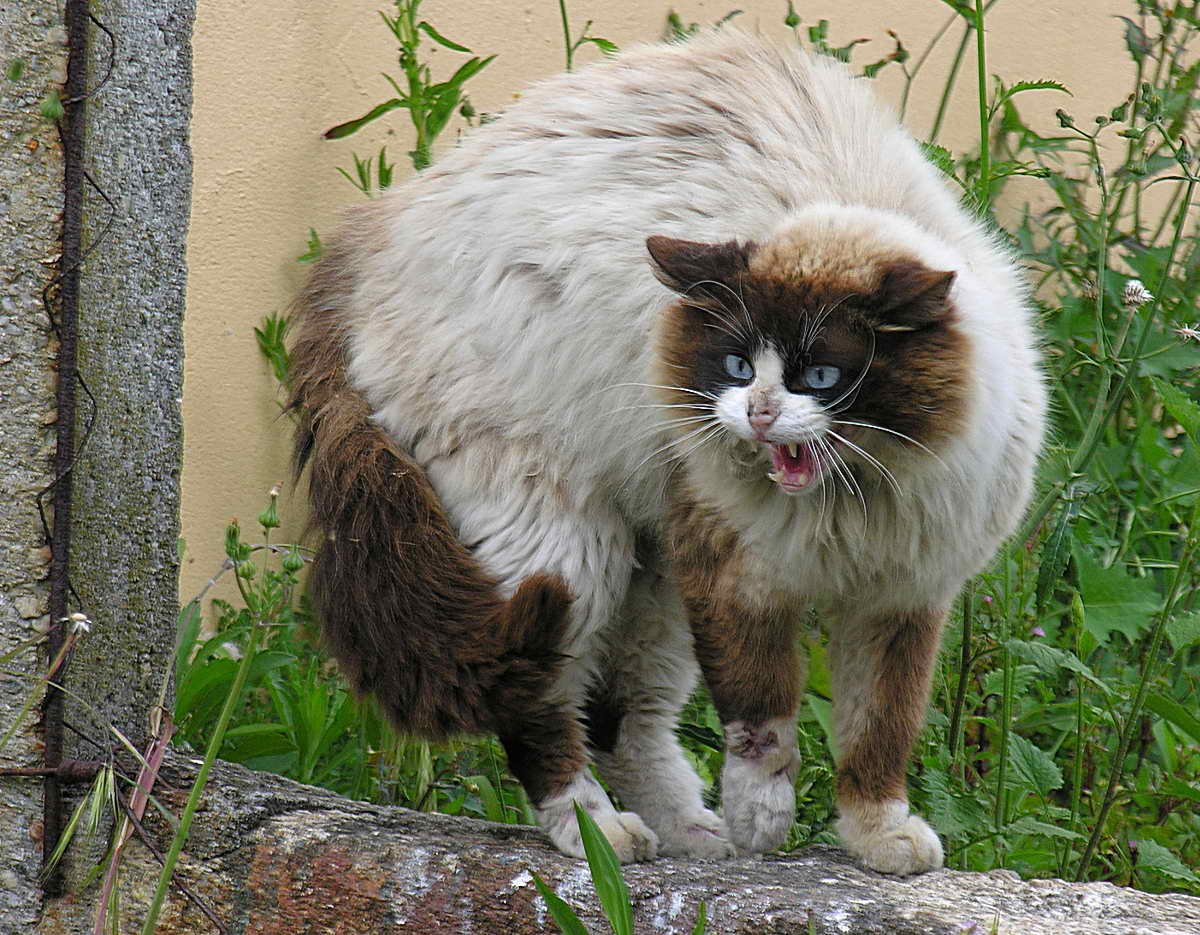
Cats communicate their needs and feelings with remarkable efficiency. Through subtle body language, gentle vocalizations, and expressive eyes, they convey exactly what they want. There’s no need for dramatic displays or constant barking—cats prefer a more economical approach. This clear communication prevents confusion and emotional misfires in the relationship. Dogs, while expressive, sometimes overwhelm with their enthusiasm or desperation. Cats’ concise communication style keeps emotional exchanges simple and direct. Understanding a cat’s cues can deepen your bond and reduce misunderstandings.
Emotional Resilience

Cats are known for their resilience in the face of adversity. Whether they’ve been through a move, a new family member, or even a trip to the vet, cats tend to bounce back quickly. Their ability to accept change and recover from stress with minimal fuss is impressive. Dogs, while loyal, often take longer to adjust and may require extra emotional support. Cats show that it’s possible to acknowledge discomfort without letting it define their mood. Their quiet strength helps them move on and find peace, even after challenging experiences. This emotional resilience is at the core of their efficiency.
Self-Soothing Techniques

When cats feel anxious or upset, they instinctively know how to soothe themselves. Grooming, kneading, and purring are just a few ways cats regulate their emotions. They don’t rely solely on humans to make them feel better, which reduces the emotional burden on their owners. Dogs often look to their humans for comfort, sometimes becoming dependent on external reassurance. Cats’ self-soothing behaviors are a testament to their emotional independence. Watching a cat calmly groom itself can remind us of the power of self-care. Their natural coping mechanisms are both effective and inspiring.
Consistency in Emotional Presence
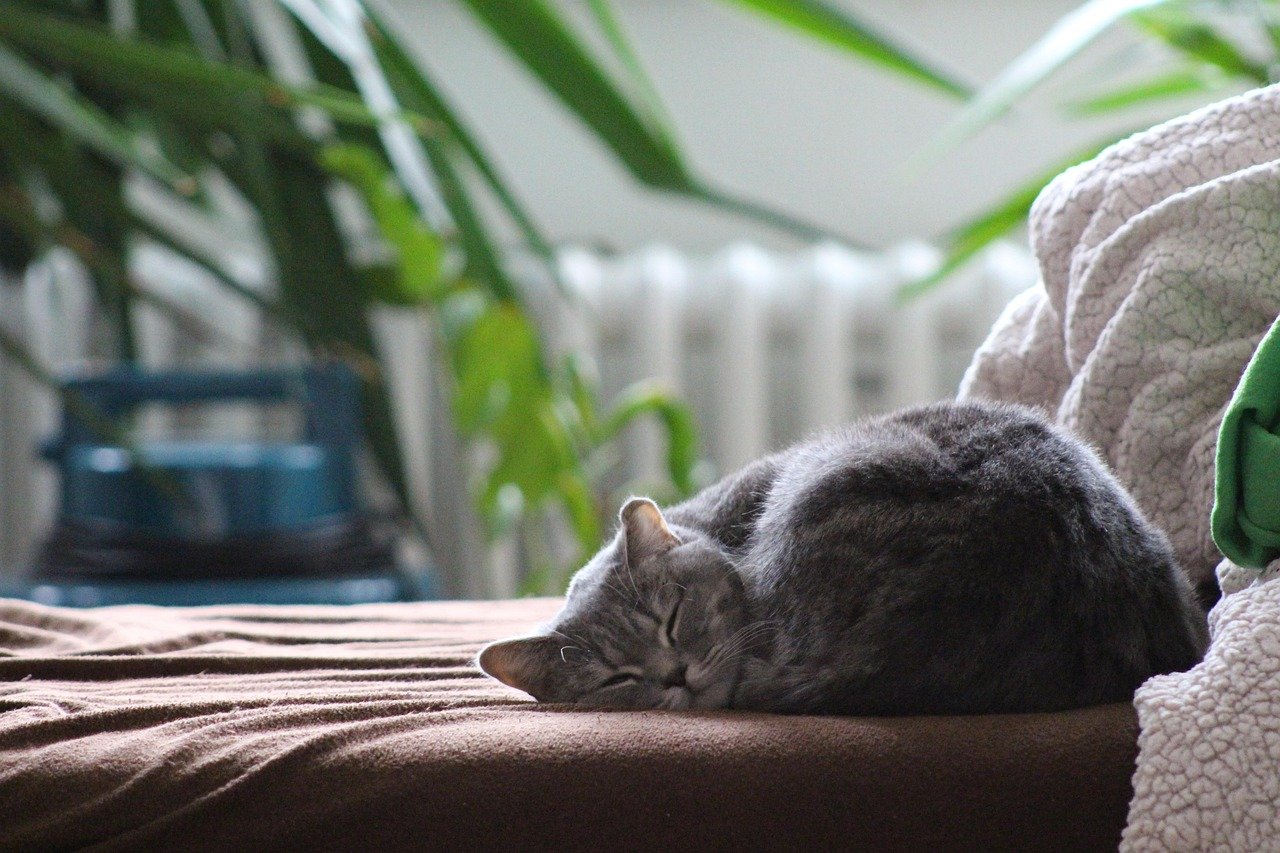
Cats maintain a steady emotional presence in the home. They don’t swing wildly from ecstatic to despondent based on minor events. This consistency is deeply comforting, especially for people who thrive on routine and stability. Dogs’ moods can fluctuate with every visitor, noise, or change in schedule, which can be emotionally exhausting. Cats provide a calm, predictable presence that helps ground everyone around them. Their even-keeled temperament makes them ideal companions for those seeking peace. The emotional steadiness of cats is truly remarkable.
Uncomplicated Affection
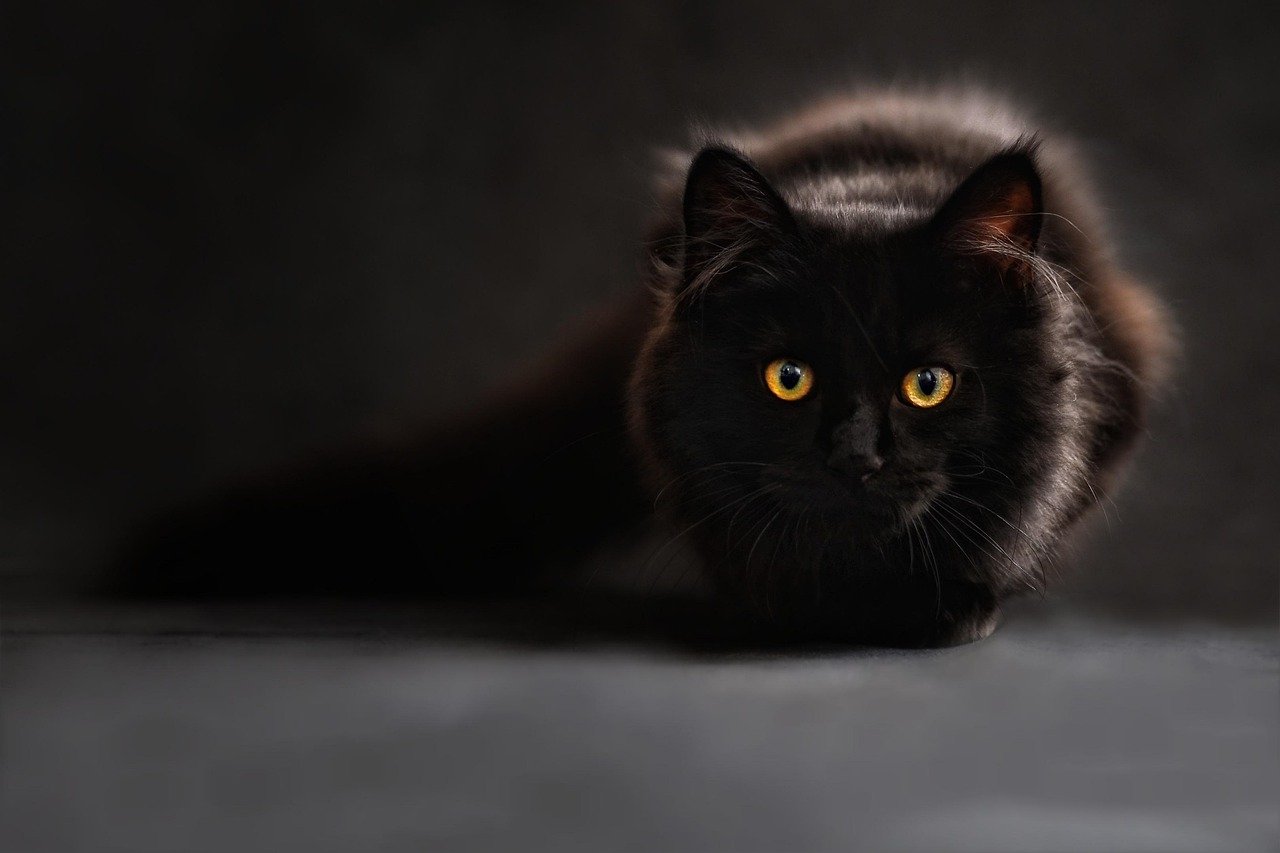
When a cat decides to show affection, it’s straightforward and honest. There’s no need to decipher over-the-top gestures or endless jumping—cats keep it simple. A gentle headbutt, a soft purr, or a slow blink says it all. This uncomplicated affection feels genuine and sincere. Dogs, while loving, sometimes overwhelm with their enthusiasm, making it hard to distinguish between true emotional needs and routine excitement. Cats’ reserved warmth is both refreshing and touching. Their affection is always earned, never demanded.
Ability to Let Go of Grudges
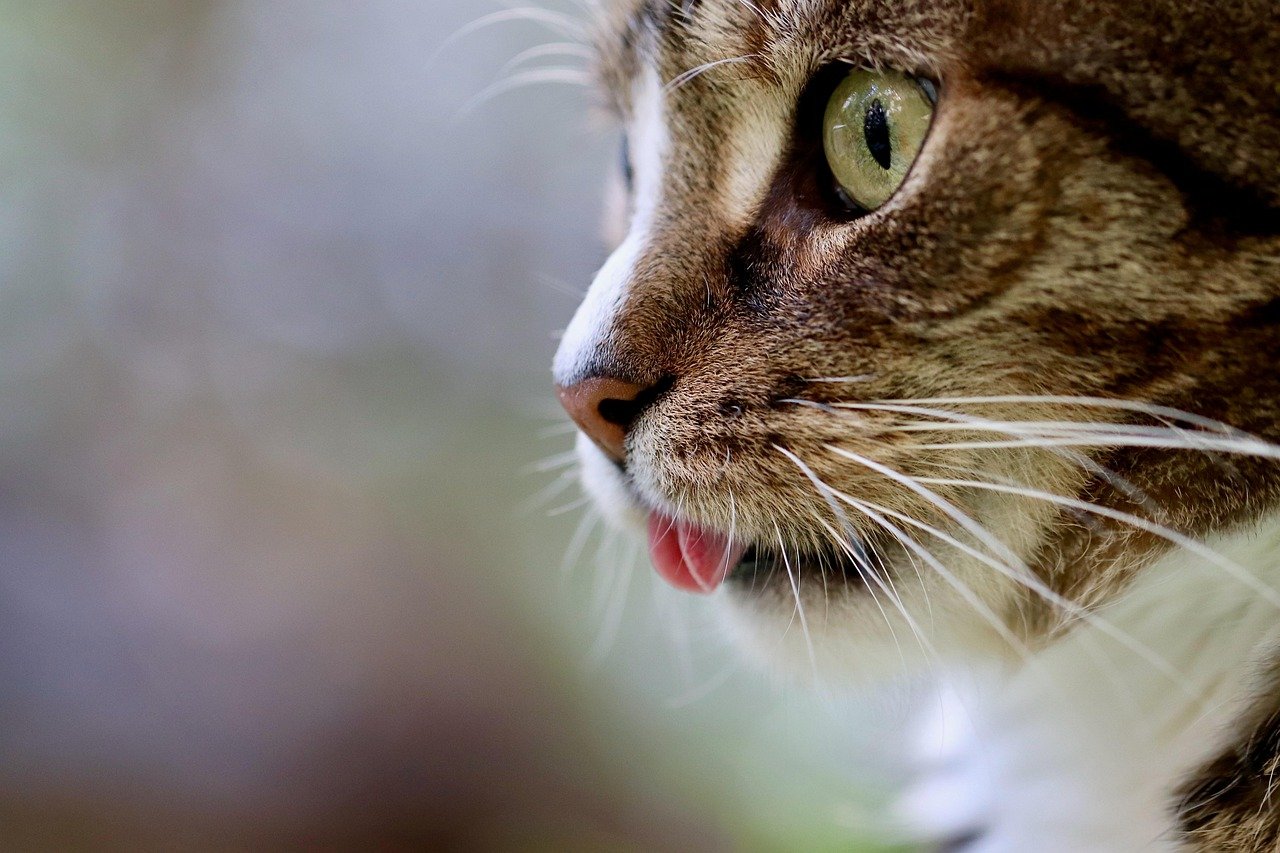
Cats have short memories for slights and rarely hold grudges. If you accidentally step on their tail or forget dinner for a few minutes, they may be annoyed initially but quickly move on. Dogs can sometimes dwell on negative experiences or become anxious after perceived wrongs. Cats’ ability to forgive and forget helps maintain harmony in the household. They don’t waste energy on resentment or prolonged sulking. This emotional efficiency keeps relationships healthy and drama-free. Their quick forgiveness is a model for letting go and moving forward.
Effortless Adaptation to Alone Time

Cats are perfectly comfortable spending time alone. Whether you’re at work all day or out for the evening, cats will find a way to entertain and comfort themselves. Dogs, in contrast, often experience separation anxiety and require constant companionship. Cats’ comfort with solitude means they don’t place emotional demands on their humans. This makes them ideal pets for people with busy or unpredictable schedules. Their ability to thrive alone is a hallmark of emotional self-sufficiency. Cats remind us that being alone can be peaceful, not lonely.
Subtle Expressions of Mood

Cats express their moods in subtle, nuanced ways. A flick of the tail, a twitch of the ear, or a particular meow can communicate a world of feeling. This understated communication style is emotionally efficient and avoids unnecessary drama. Dogs, on the other hand, often express themselves in big, boisterous ways that can be overwhelming. Cats’ subtlety encourages their humans to pay closer attention and build a deeper connection. Understanding these gentle cues feels like unlocking a secret language. The quiet complexity of a cat’s emotions is endlessly fascinating.
Self-Contained Emotional Worlds

Cats seem to carry their emotional worlds within them, rarely spilling over into the environment. They don’t project their moods onto everyone else or seek validation for every feeling. This self-containment keeps the household atmosphere calm and predictable. Dogs often express every emotion outwardly, which can create emotional ups and downs for everyone involved. Cats’ inward focus helps maintain emotional equilibrium in the home. Their ability to process emotions internally is a rare gift. This self-sufficiency makes them truly emotionally efficient companions.
Emotional Efficiency in Conflict Resolution

When faced with conflict—like a new pet or an unfamiliar guest—cats handle the situation with tact. Rather than escalating tension, they prefer to withdraw, observe, or calmly assert their boundaries. Dogs might bark, jump, or even become aggressive, escalating the emotional stakes. Cats’ low-key approach to conflict prevents unnecessary drama and keeps emotions in check. This skillful navigation of tricky situations is emotionally efficient and often leads to quicker resolutions. Their conflict resolution style is a masterclass in emotional intelligence.
Teaching Humans Mindfulness
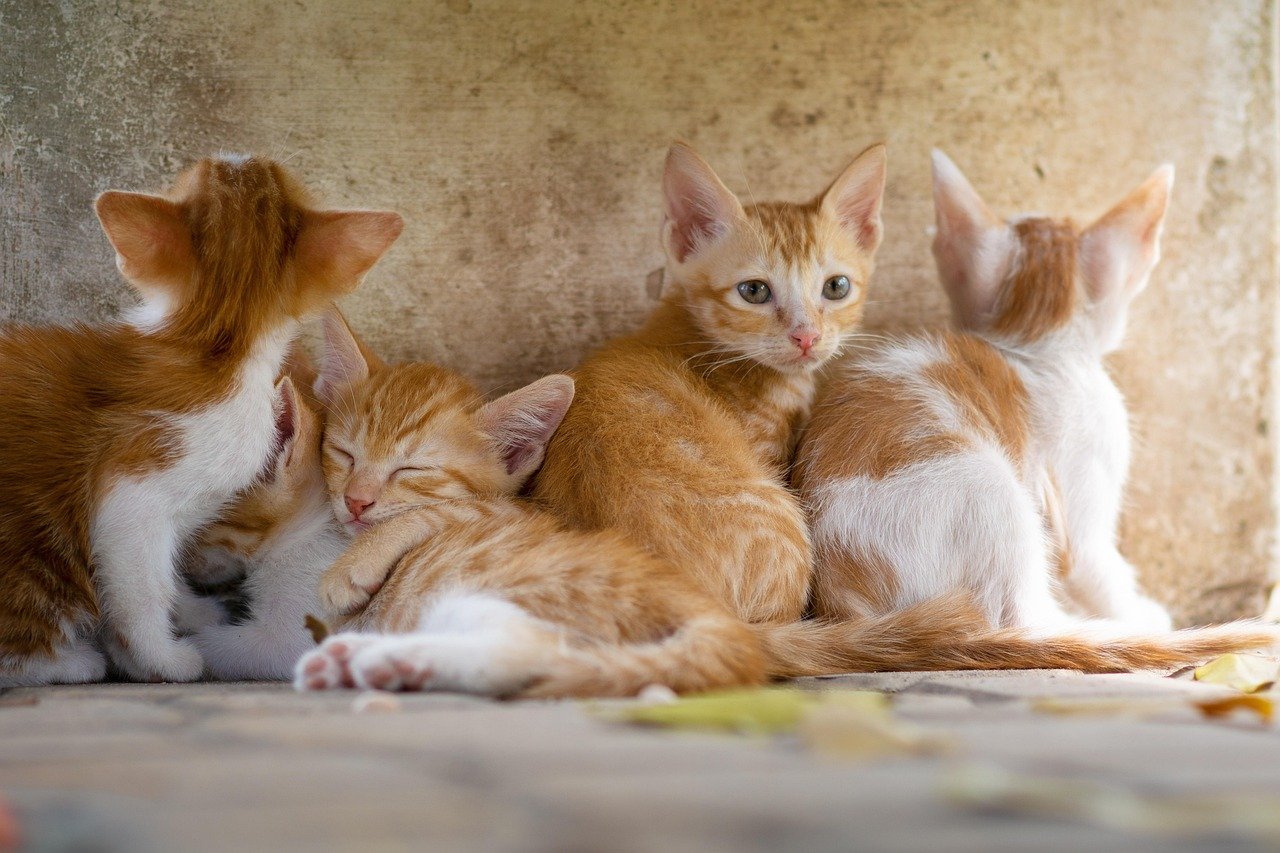
Living with a cat can teach us the art of mindfulness. Cats excel at living in the moment—whether basking in the sun, chasing a shadow, or purring contentedly in your lap. Their focus on the present is inspiring and contagious. Dogs often dwell on the past or anticipate the future, expressing excitement or anxiety accordingly. Cats remind us to slow down, savor simple pleasures, and let go of unnecessary worry. Their mindful approach to life is a lesson in emotional efficiency. Observing a cat at peace is a daily reminder to be present.
Encouraging Healthy Emotional Distance
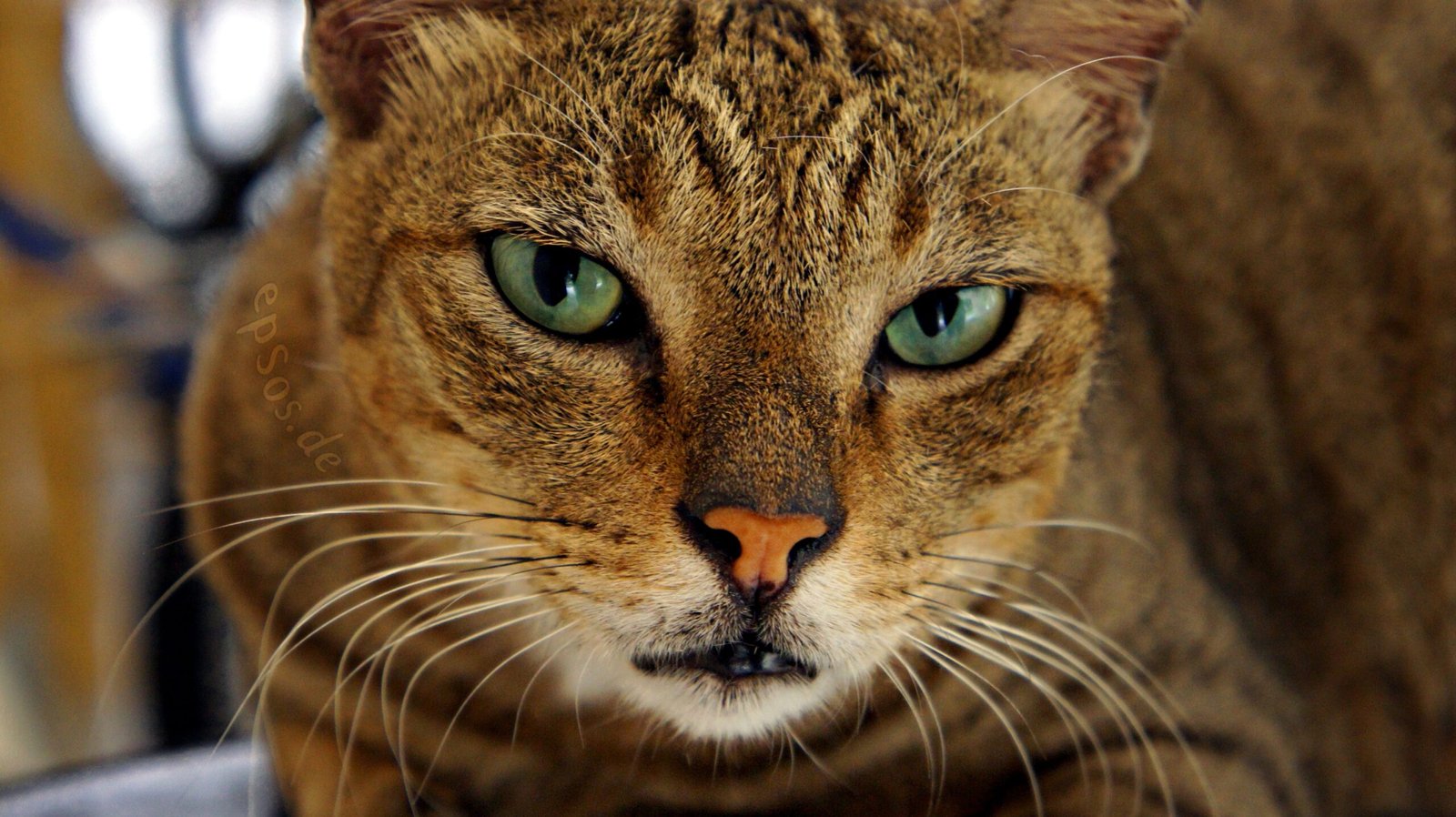
Cats show us that it’s healthy to maintain a little emotional distance. They love deeply, but they don’t smother or demand constant attention. This balance preserves their energy and keeps relationships fresh. Dogs, while affectionate, can sometimes become overly attached, leading to codependent dynamics. Cats demonstrate that it’s possible to care deeply without losing yourself in another’s emotions. Their example encourages us to respect others’ space and honor our own needs. This emotional distance, far from being cold, is a form of wisdom.
Hi, I’m Bola, a passionate writer and creative strategist with a knack for crafting compelling content that educates, inspires, and connects. Over the years, I’ve honed my skills across various writing fields, including content creation, copywriting, online course development, and video scriptwriting.
When I’m not at my desk, you’ll find me exploring new ideas, reading books, or brainstorming creative ways to solve challenges. I believe that words have the power to transform, and I’m here to help you leverage that power for success.
Thanks for stopping by, Keep coming to this website to checkout new articles form me. You’d always love it!






